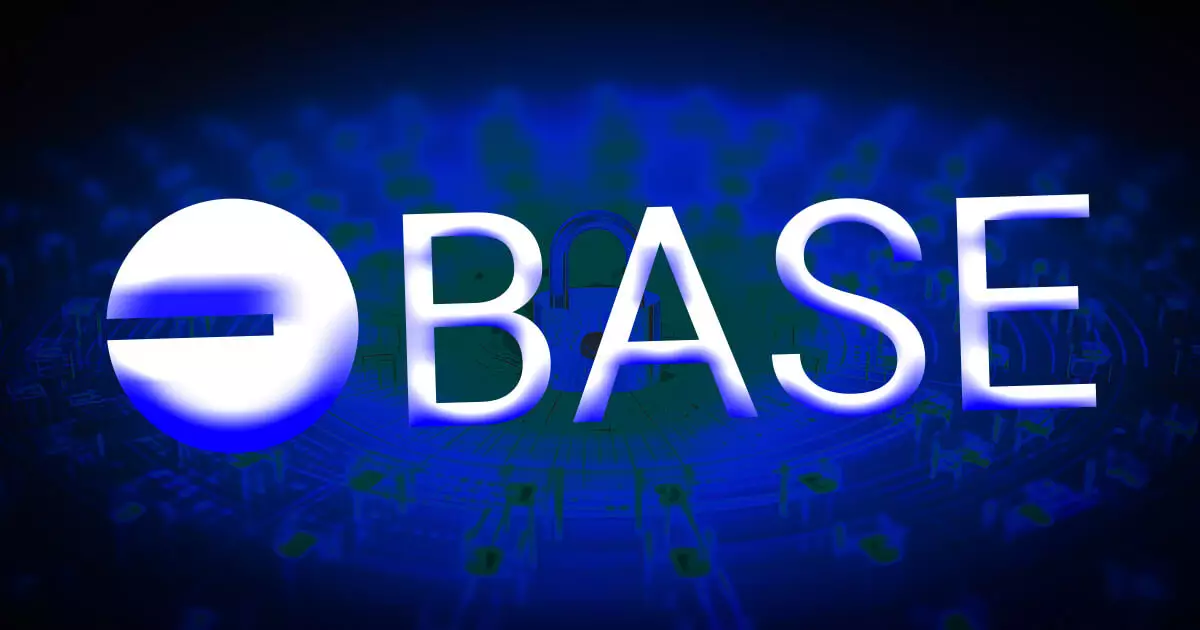In a surprising turn of events, decentralized exchanges (DEX) on Coinbase’s newly launched layer2 network, Base, have quickly surpassed the trading volume of established layer1 networks such as Cardano (ADA) and others. Data from DeFiLlama reveals that within 24 hours of its launch, Base ranked among the top 10 networks by trading volume, generating an impressive $26.23 million.
On the contrary, traditional layer1 blockchain networks like Fantom (FTM), Cardano, and Tron (TRX) witnessed a meager cumulative transaction volume of less than $20 million. However, it is important to note that Base’s trading volume still pales in comparison to heavyweights like Ethereum, Solana (SOL), and Binance-backed BNB Chain.
A Solid Start: Base’s Early Successes
Even before its public debut, Base had already demonstrated promising usage through the BALD meme coin. The meme coin skyrocketed to a market capitalization exceeding $85 million before experiencing a significant crash. This early traction undoubtedly contributed to the platform’s initial success.
Moreover, Base’s total value of assets locked (TVL) soared to over $150 million during its early days, as reported by L2Beat data. With a remarkable 77% increase over the past week, Base currently holds the fifth-largest spot among layer-2 networks, surpassing the likes of StarkNet and others.
Base’s success is further validated by its notable increase in daily transactions per second (TPS). L2Beat data shows that Base’s daily TPS has surged by a staggering 160% to 5.81. Although lower than other prominent L2 networks such as Arbitrum (ARB), Optimism (OP), and zkSync Era, market observers anticipate that Base will witness greater adoption as its ecosystem expands.
Coinbase officially introduced Base to the public on August 9, following its testnet debut in February and a developer-only release in July. As the first blockchain developed by a publicly listed company, Coinbase positions Base as an integral part of its broader mission to enhance the adoption of web3 and blockchain technology.
Base’s remarkable early success certainly bodes well for the platform, but the road ahead is not without hurdles. As more traders and investors flock to Base, scalability and network congestion may become pressing concerns. The platform needs to adapt and scale efficiently to cater to the increasing demand while maintaining a seamless user experience.
Furthermore, Base will face fierce competition from both existing layer1 networks and other emerging layer2 solutions. To solidify its position as a leading decentralized exchange platform, Base must continuously innovate, optimize its offerings, and attract new users and projects.
The rise of Base on Coinbase’s layer2 network marks an exciting new chapter in the decentralized exchange landscape. With its impressive initial trading volume, TVL growth, and increased TPS, Base is poised to disrupt traditional players and capture a significant share of the market. However, only time will reveal if it can sustain its momentum and emerge as a dominant force in the evolving world of decentralized finance.

